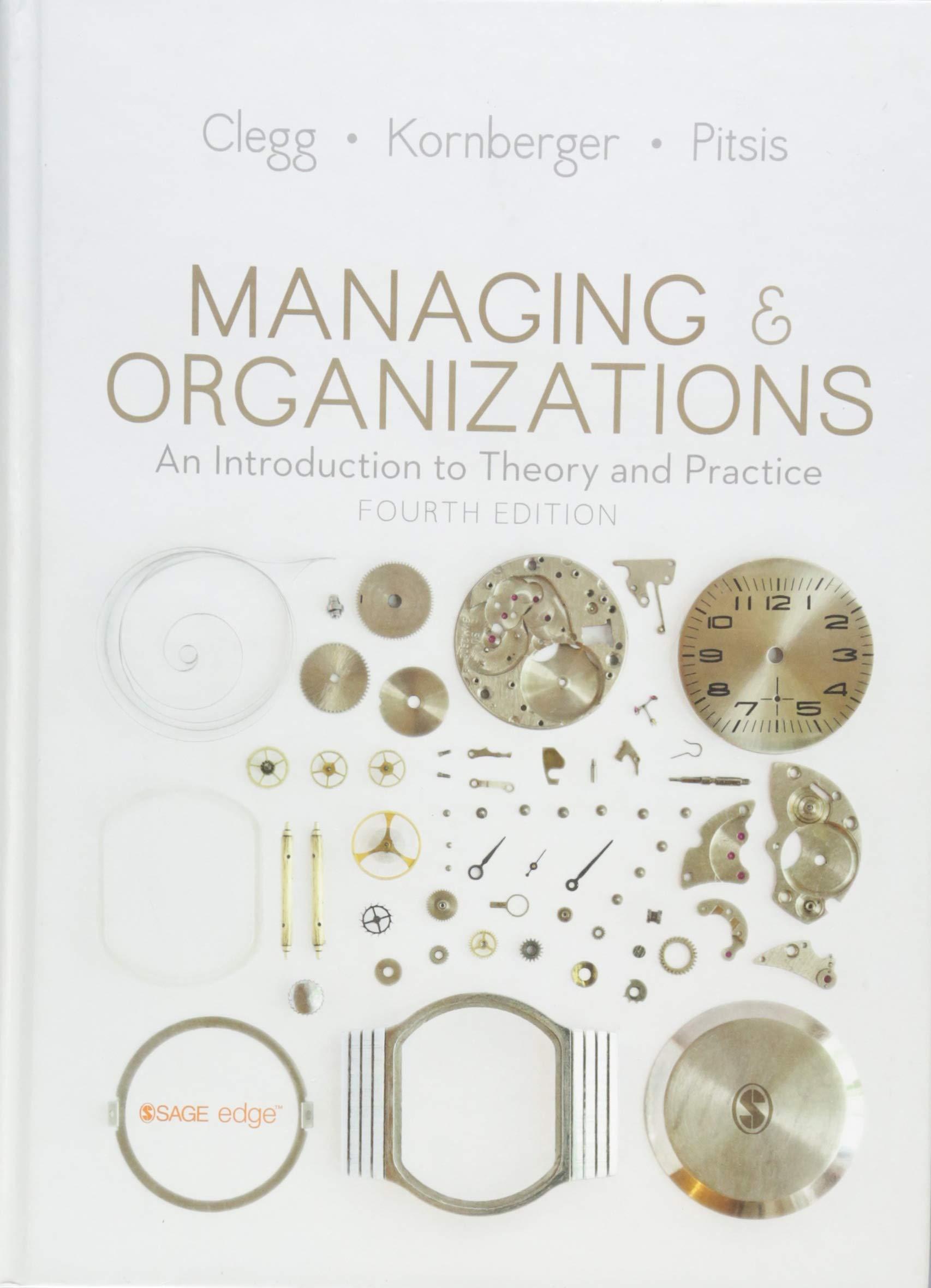Trust between team members has been said to offer a means of competitive advantage resulting from, among
Question:
Trust between team members has been said to offer a means of competitive advantage resulting from, among other benefits, increased productivity and higher quality decision-making. In line with Mayer et al.'s (1995) seminal definition, such organizational benefits derive from ongoing reassurances of peer trustworthiness as team members evaluate each other's competence, benevolence, and integrity. Thus, competence to 'do a job well' is cited as just one of three core components requisite to being deemed 'trustworthy' alongside benevolence (showing concern for others) and integrity (adhering to a code of agreed ethical principles, encompassing honesty and fairness). More practical approaches have explored institutional accountability mechanisms which allow team members to demonstrate trustworthiness.
One bright July day, the crew members were out on a mission, tasked with collecting various loads from a number of locations in the nearby area. The crew had been working together for more than three years, were all fully and openly participating in the debrief process and cited this as engendering utmost confidence in the trustworthiness of each team member. As per organizational procedure, the pilot was relying on the crew to direct while lowering the aircraft into position. Since the crew had been on many such routine outings together, the pilot no longer stopped to question the crew regarding the aircraft's proximity to surrounding obstructions, both trusting the co-team members to make that judgement and fearing that constant checking would be detrimental to the team dynamics. On this occasion, unbeknown to the pilot, the aircraft was deliberately taken beyond the organizational restrictions while picking up a load in a non-emergency situation. The team debriefed as normal but later the pilot was held to account over being in breach of the limits set out in the flight regulations. Although the aircraft was not damaged, this was viewed as a warning sign of 'too much trust' within the team....
1. What are the advantages and disadvantages of trust within this team context?
2. When might regulation be used as a replacement for trust in an organizational setting? Under what conditions would this be a better option than measures to 'increase team trust'?
3. Consider institutional accountability mechanisms that have the potential to build/ undermine/damage team trust. Why is this the case?
Step by Step Answer:

Managing And Organizations An Introduction To Theory And Practice
ISBN: 9781446298367
4th Edition
Authors: Stewart R Clegg, Martin Kornberger, Tyrone S. Pitsis





